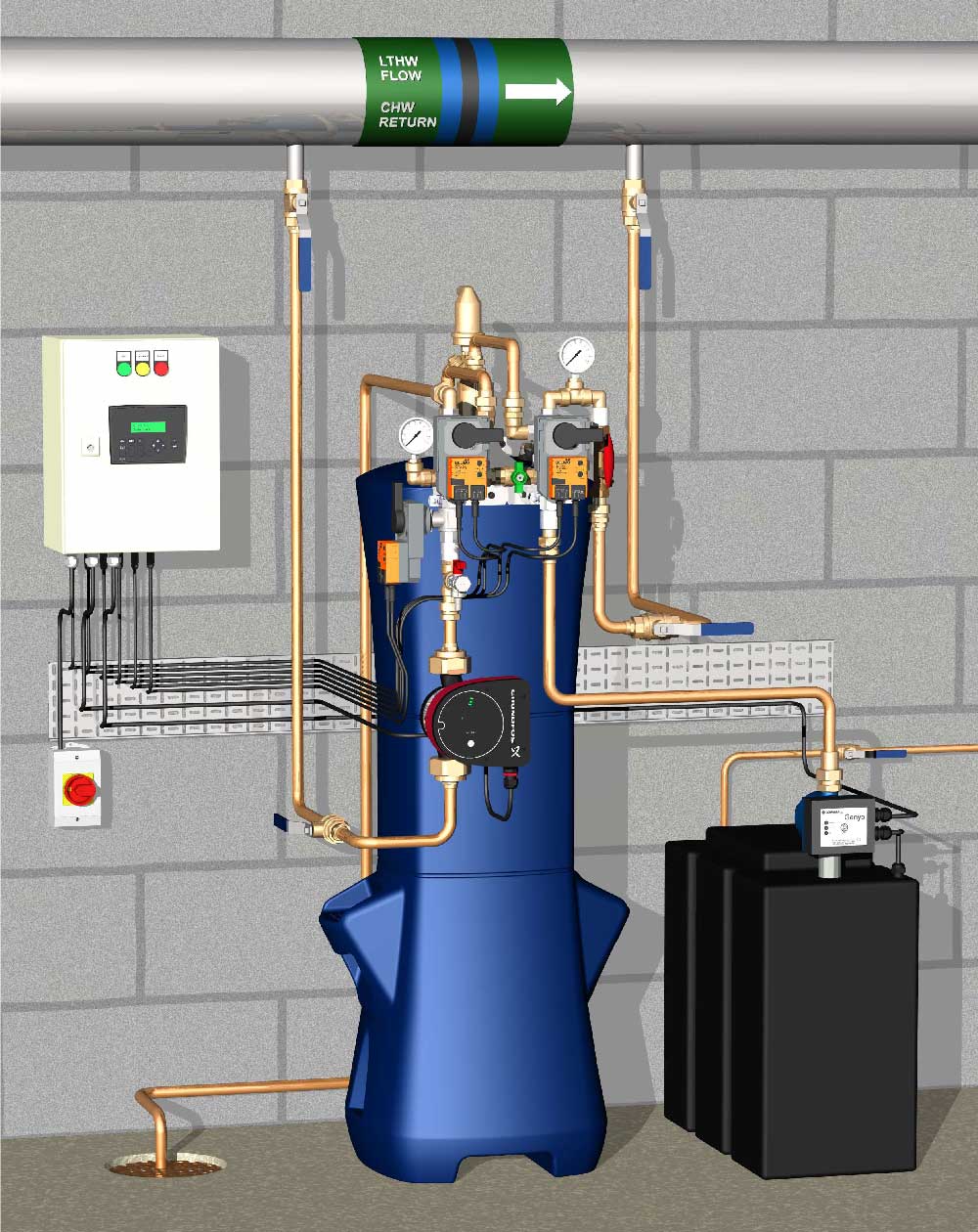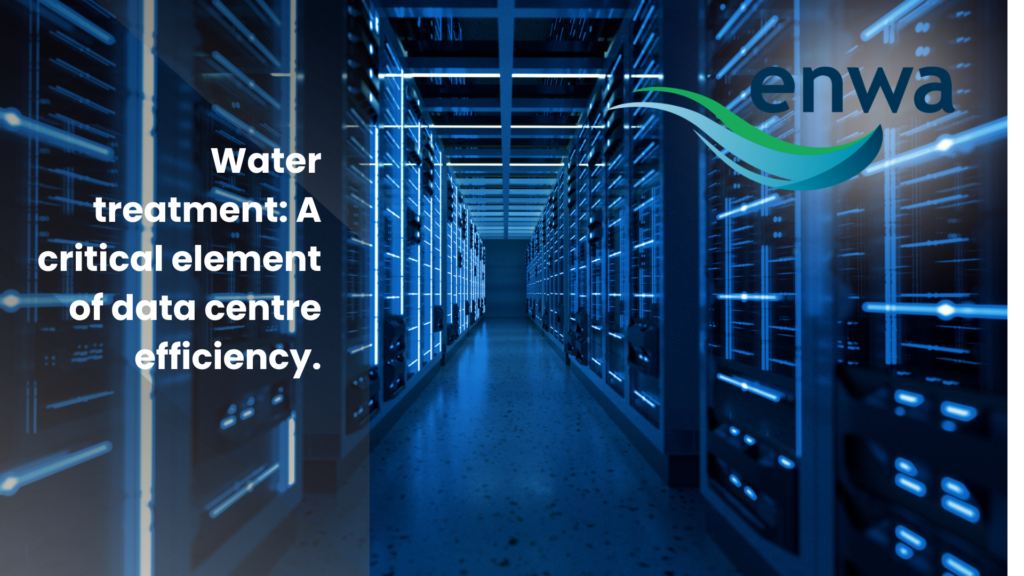Critical infrastructure
The Prime Minister’s announcement in January 2025 that the UK will ‘mainline AI’(1) to drive economic growth has put more fuel into the already booming UK data centre sector.
The UK has been a popular choice of location for some of the world’s largest data centre developers. At the end of 2024, the International Investment Summit(2) saw a further investment of £6.3 billion in UK data centres, bringing the total value of the market to £25 billion – with more to come.
The government is supporting this growth rigorously, identifying data centres as ‘critical infrastructure’ (3)that should be prioritised by local planning authorities. (4)
The Challenge
However, while government has its sights set on the AI future, the challenge is to balance these ambitions with its own low-carbon goals. For example, research from Loughborough University (4) warns that global renewable energy supply will be outstripped by ‘surging demand’ from digital data. The International Energy Agency (5) also points to the rise of AI that is creating a ‘surge’ in electricity demand.
Our neighbours in the Republic of Ireland have already felt the effects of its data centre sector, which consumed more electricity in 2023 than all of the country’s urban homes combined(5) . And in the USA(6), there are also questions about how data centre energy use is impacting other commercial and domestic electricity customers across the country.
Finding savings
The global data centre sector has been addressing its energy use challenge for some time, bringing down average Power Usage Intensity (PUI) measures annually. But as the UK sector grows, finding energy savings at every point will be crucial. This is particularly true for cooling systems which use around 40% of the energy in a typical data centre.
Good practice in water treatment for these buildings can be a fundamental step that supports energy efficient cooling systems – while helping to optimise cooling performance and extending equipment lifetimes.
Data centres tend to use water-cooled or air-cooled systems, and water quality plays a key role in performance. Many water-related problems can impact performance: suspended solids, biofilm, corrosion, fouling. These have a significant impact on the delivery of cooling and system energy efficiency.
Automated and Self-regulating
Enwa’s EnwaMatic Side Stream Filtration approach provides a straightforward, modern approach to water treatment that’s ideal for hard-working cooling systems in mission-critical IT infrastructure.
One of its key strengths is that the EnwaMatic technology is fully automated, providing a self-regulating water conditioning approach. The system responds dynamically to both the quantity and quality of water. This means that maintenance teams can be confident that water quality is being continuously supported and correctly delivered.
Enwa’s Side Stream filters down to ten microns, providing corrosion inhibition while restricting bacterial growth (which itself can cause corrosion). In cooling systems, insulating layers caused by corrosion or biofilm formation can dramatically reduce heat transfer, because the water’s energy transport characteristics are reduced.

Energy reuse
The UK government has already recognised the energy challenge of a growing data centre sector and is encouraging the reuse of ejected energy from data centres in local heat networks. A recent example is in the London Borough of Newham(8) where a new hyper-scale data centre will provide heat energy to around 13,000 local homes.
With this solution, water treatment is equally (if not more) important. Water quality has a significant effect on the performance of heat networks. Again, water’s energy-carrying properties are degraded by suspended solids such as iron which will negatively affect both the data centre cooling system and a connected heat network.
The EnwaMatic Side Stream approach is one that provides peace-of-mind for data centre operators. As an automated system, EnwaMatic leaves busy FM and maintenance teams to monitor and manage other aspects of HVAC in these highly sensitive buildings where cooling systems are the backbone of efficient and effective performance.
By using every opportunity to identify long-term energy savings the UK can embrace its AI future and stay on the right track to achieving its low-carbon goals.
Technical talks & CIBSE approved CPD
If you would like to learn more about how Enwa’s technology can help your data centre optimise efficiency and performance, Enwa’s experts can deliver a CIBSE approved CPD presentation at your workplace – get in touch with us via email: uksales@enwa.com.
Data Centre World
And if you’d like to meet our team to have a chat, we’ll be at Data Centre World, 12th and 13th March 2025 at London Excel on stand DC121
(1) ‘mainline AI’
(2) At the end of 2024, the International Investment Summit
(3) identifying data centres as ‘critical infrastructure’
(4) research from Loughborough University
(5) International Energy Agency
(6) consumed more electricity in 2023 than all of the country’s urban homes combined.
(7) And in the USA







